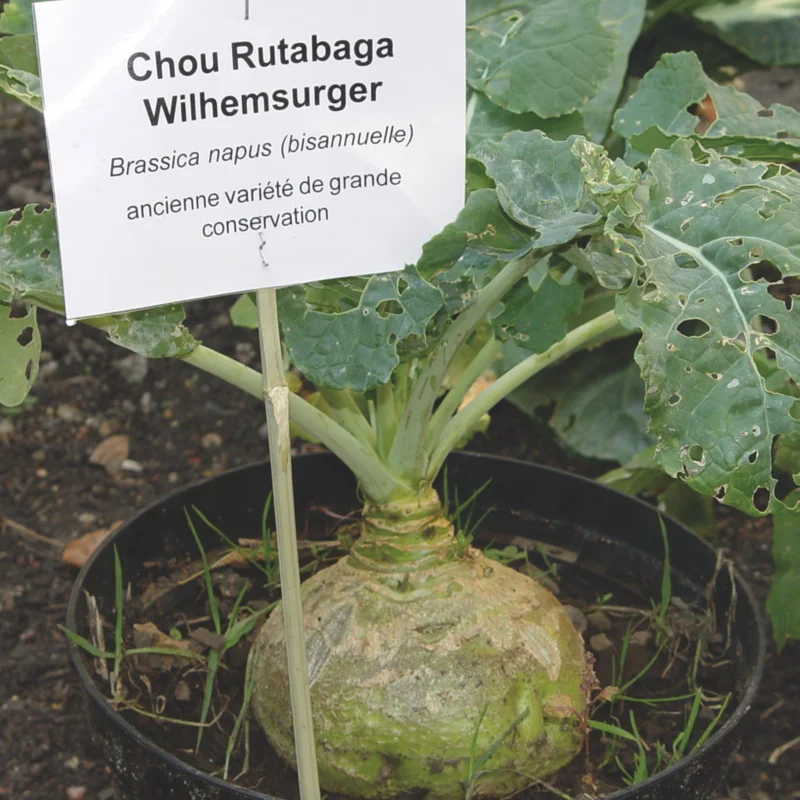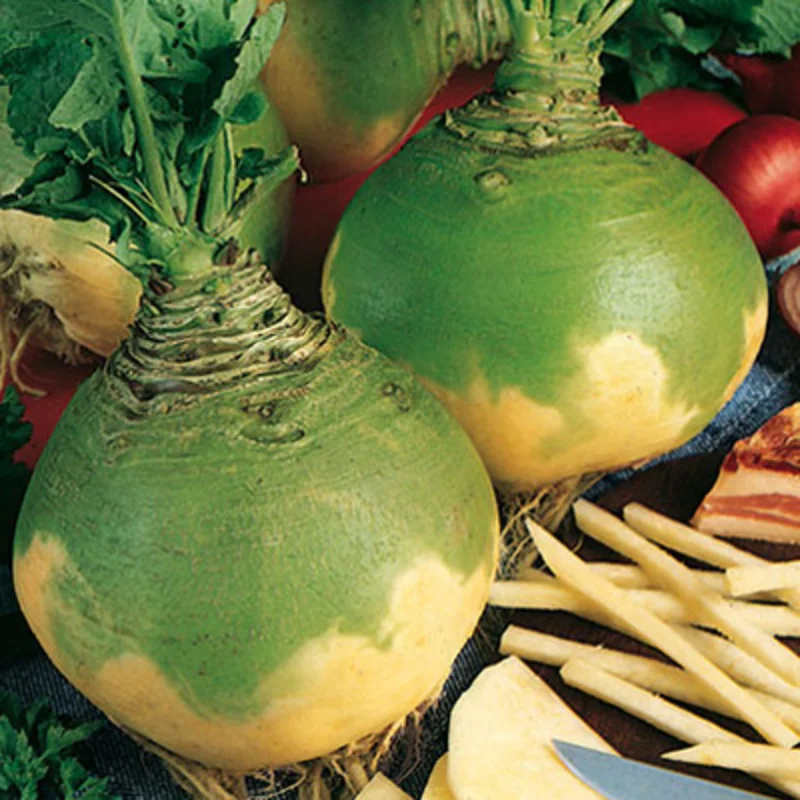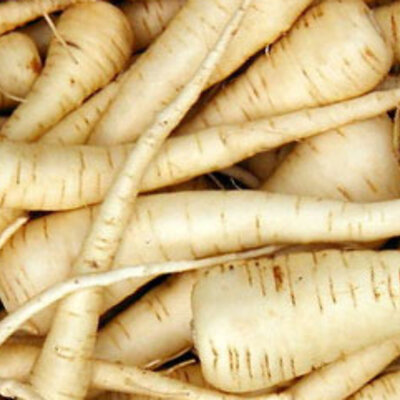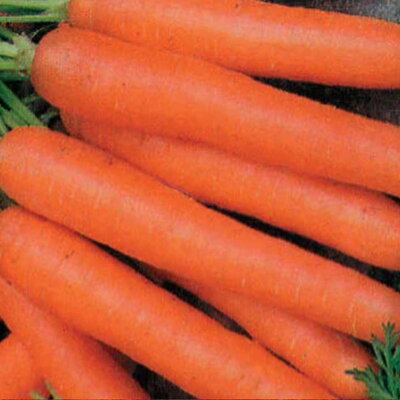Wilhelmsburger - Rutabaga
This old, very hardy variety has great storage capacity. Its roots are light yellow with a broad green collar, enclosing delicious, firm, sweet orange flesh.
These products may also be of interest to you
in the ground, in bucket
Sow in terrines under a light shelter. Cover seeds lightly. Transplant into individual cups when plants have 3 to 4 leaves, so that the roots can develop hair. Plant out after the last frosts, at the 5-6 leaf stage, 40 cm apart in all directions. For sowing in the open ground, sow lightly, in rows 40 cm apart. Thin to 40 cm along the row.
In mild climates, autumn sowing is possible, as rutabaga can withstand frosts below -10°C. The roots can be harvested as needed, and keep better when left in the ground.
March, April, May, June
January, February, March, September, October, November, December
in the ground
sunny, semi-shade
medium
clayey, humus
drained, light, fees, rich
Brassica napus napobrassica
early
From 500 to 1000 g
200 seeds
round
farm
Violet
From 10 to 15 cm
Germany
1935
This old variety was selected by Wilhelmsburger Hartmann in Germany in 1935. It is highly regarded in Swedish cuisine.
Wilhelmsburger Hartmann
It is rich in vitamin C and antioxidants. Rutabaga is also a source of potassium, a mineral involved in the digestive process and essential to the proper functioning of muscles, including the heart. Finally, like all root vegetables, rutabaga has a high fiber content, helping to regulate intestinal transit.















